By: David O. Monda
Over the 60 years of Kenya’s independence, Kenyan politics has been portrayed as a rerun of a historic battle between the Odinga and Kenyatta families. I think this perspective is an oversimplification of a very complex array of political, social and economic tensions that faced Kenya at independence 1963.
Independent Kenya was tossed directly into the vicissitudes of Cold War politics. The United Kingdom and the United States were concerned with the spread of communism around the globe. In East Africa in the late 1960’s most of Kenya neighbors were communist leaning and the concern was that a Jaramogi Odinga government would move the country into a pro-communist mode of economic and political organization directly threatening the corporate and strategic interests of the West in Kenya.
Today, the West is weary of Raila Odinga. Raila instrumentalizes historical injustices as a means of garnering political support from marginalized constituencies in Kenya. It is not entirely clear what his alternative to the neo liberal economic frameworks adopted by the Uhuru administration will be. Raila Odinga is himself a very wealthy politician whose family have significant commercial interests in Kenya. As such, it is also not clear if his rhetoric on redistributive economics and redressing historical injustices is just rhetoric or if there will be revolutionary changes to the fundamental economic fabric in Kenya if he becomes president.
As his father did sixty years ago, Uhuru Kenyatta looks to consolidate his authoritarian leadership style to protect his family’s significant commercial interests and those of the economic elite in Kenya. On the other hand, like his father, Raila Odinga has never won an election to be president. As a result he can continue to be a vocal critic of the government without offering any tangible alternatives to the status quo. Raila also does not answer the lack of democracy in his opposition party (the Orange Democratic Party ODM). Several attempts to initiate grass root elections for the party have ended up in catastrophic failure. Much like the one man show of Jaramogi Odinga in the Kenya People’s Union, ODM continues to be an oversized player relative to its coalition partners in the opposition National Super Alliance (NASA) coalition. It continues to be a vehicle through which Raila seeks the presidency. Neither NASA nor ODM articulate politics based on clearly defined ideology.
Going into the 2020 election, political commentators hope a new crop of leaders will emerge and change the stale narrative of constantly having a member of the Uhuru and Odinga families vying for the presidency in Kenya. President Uhuru Kenyatta’s second term will be his last. On his part, Raila will be too old by 2020 to keep presenting himself as the consensus opposition candidate. However, because Kenyan politics is dominated by personality rather than policy, it is highly likely that Raila Odinga will still be a candidate in 2020. It is also not implausible that Uhuru Kenyatta will supersize his authoritarian tendencies and look to change the 2010 Constitution to allow him to run for a third term like many other African authoritarian leaders have decided. Kenyan politics is as unpredictable as the mood of a lion on the Kenyan savannah. The complex array of economic, ethnic and political interests could yet extend the Odinga Uhuru family feud into 2020. As the Swahili saying goes ”ukistaajabu ya Musa, utayaona ya Faraho” (If you are amazed at the acts of Moses, you will be bewildered by those of the Pharaoh). Watch this space.
David O. Monda is professor of Political Science at City University of New York – Guttman College
Image: Current Kenyan president Uhuru Kenyatta (second from right) with his father, President Jomo Kenyatta (center), in the late 1960s.

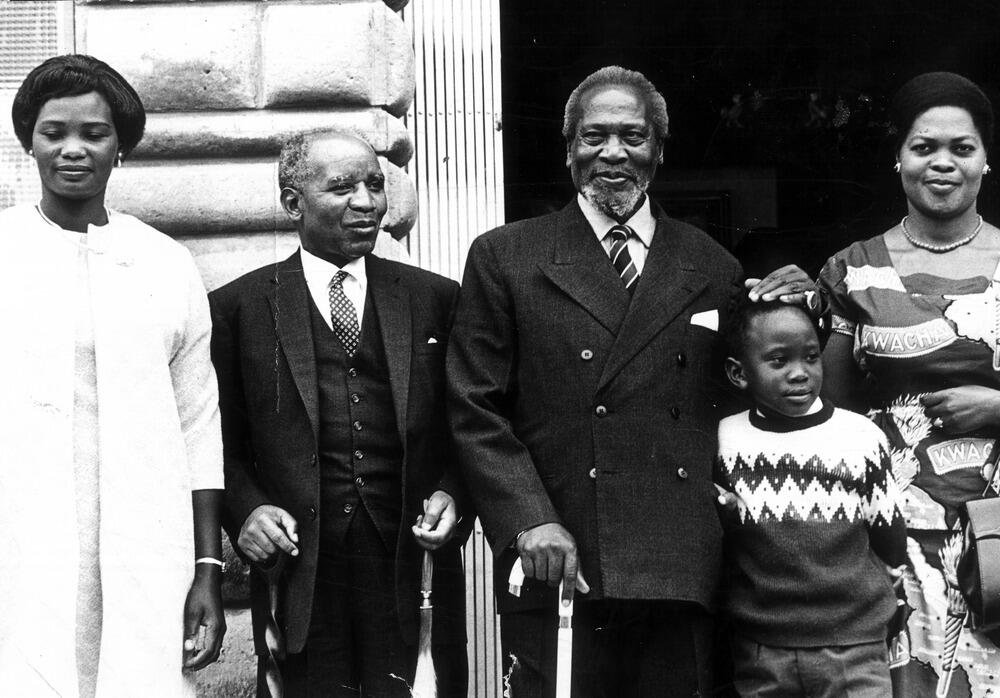
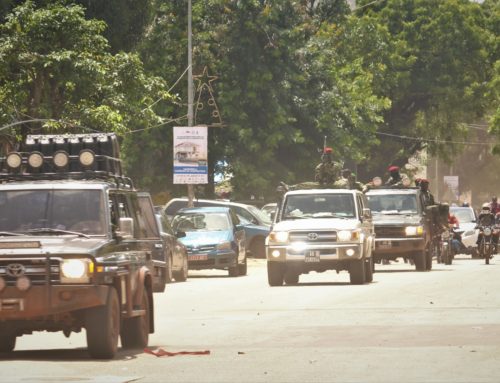

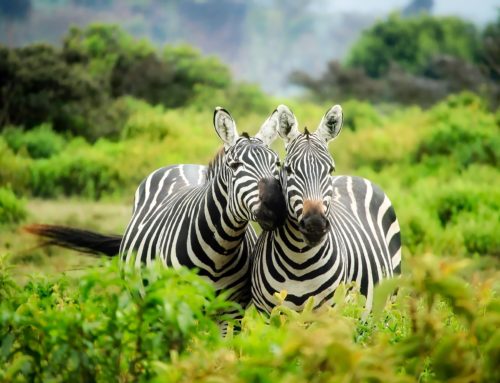
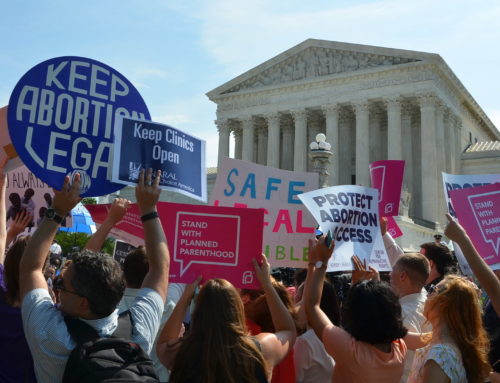
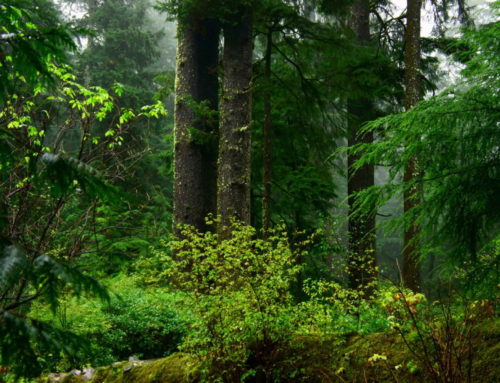
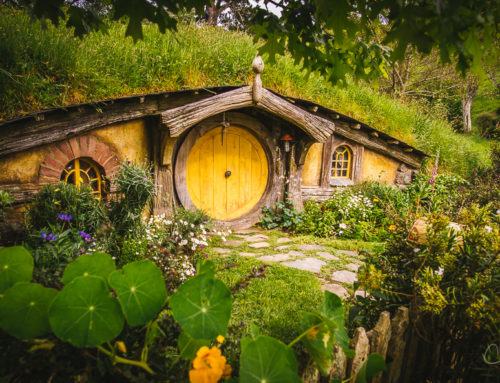
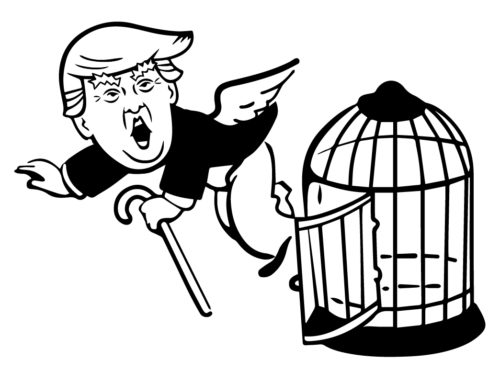
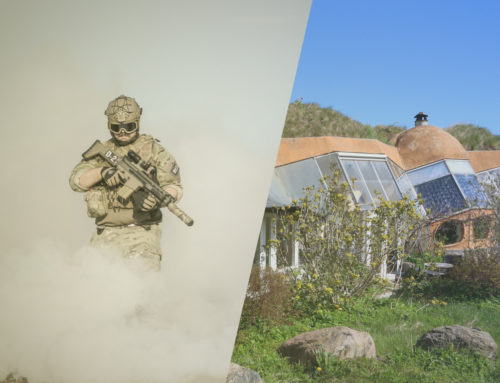
Leave A Comment